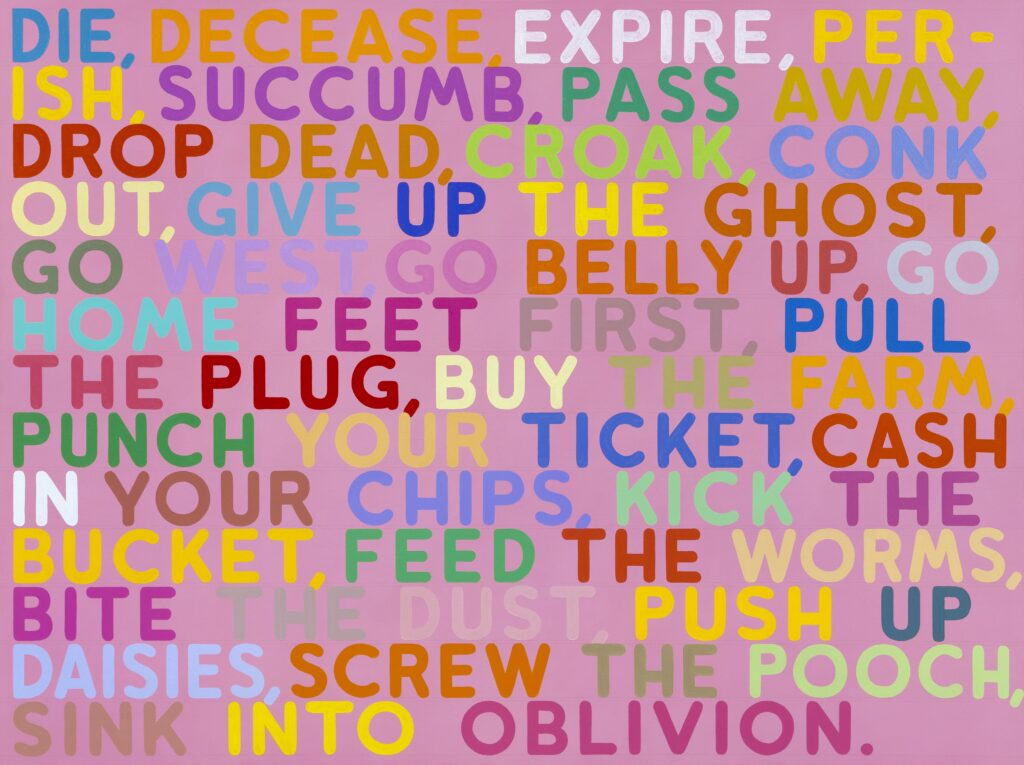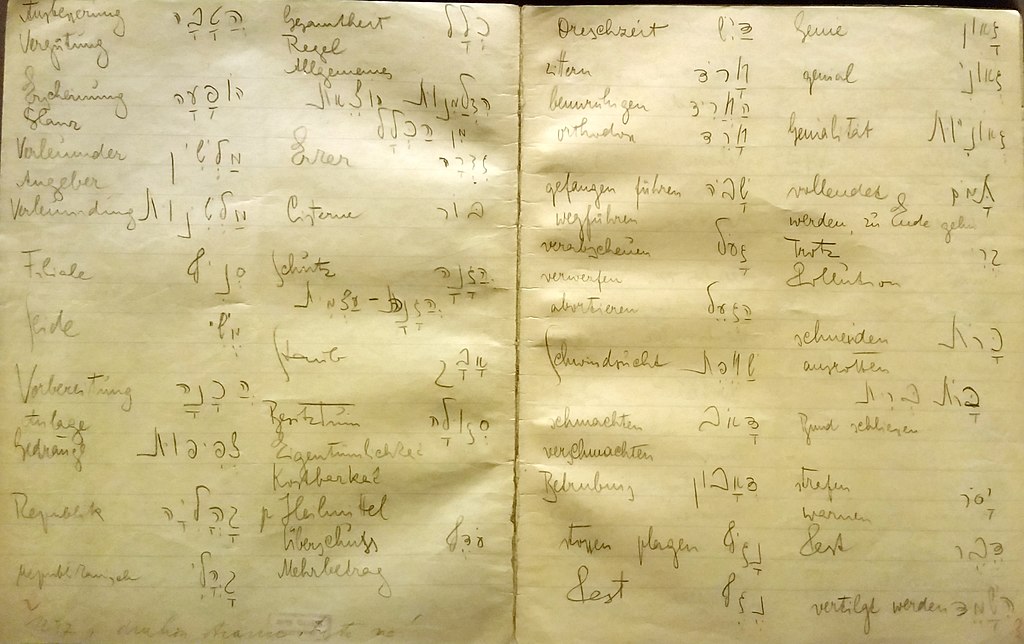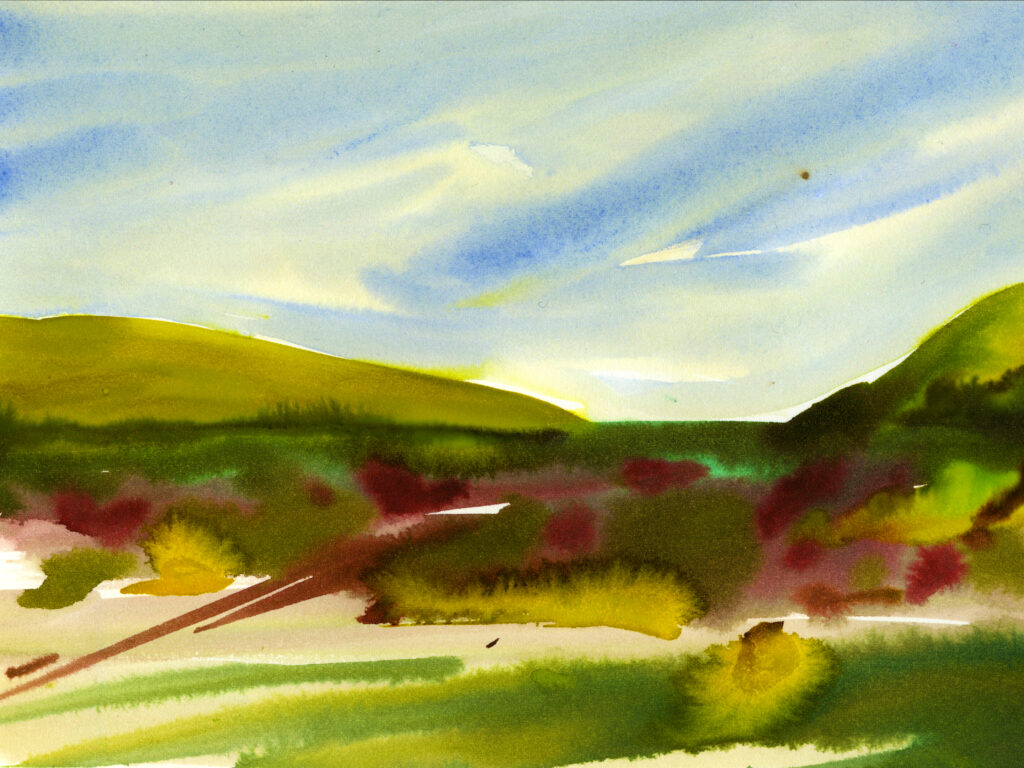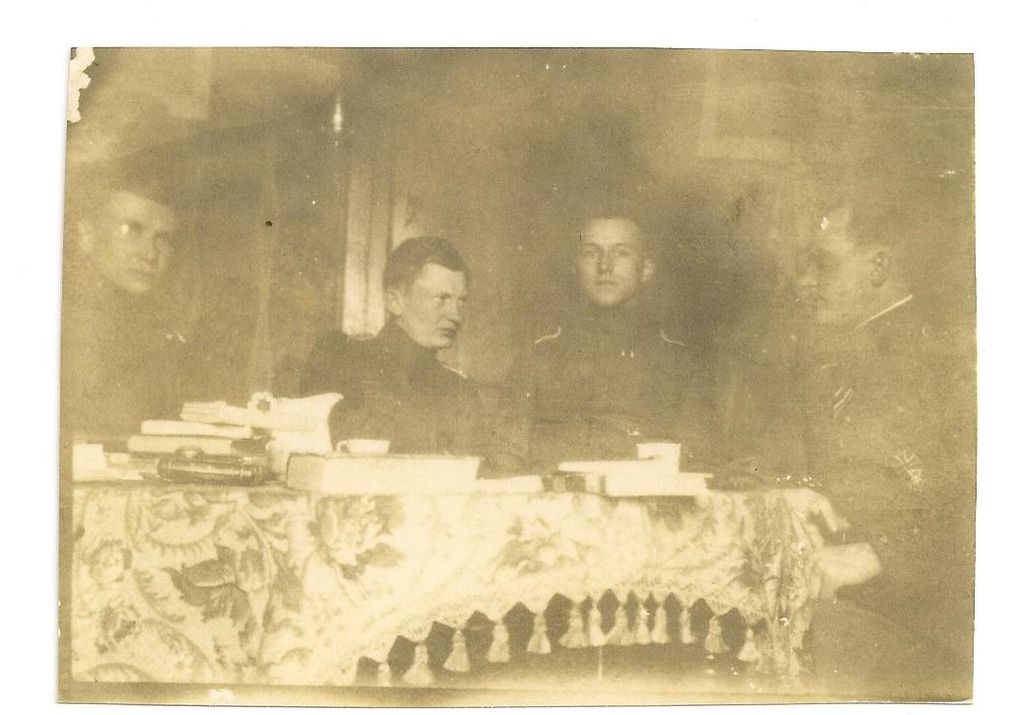MassDOT salt shed, Sandwich, Massachusetts, November 7, 2013. Public domain, via Wikimedia Commons.
In Wallace Shawn’s Evening at the Talk House, a group of former theater collaborators reunite at the bar they once frequented together. They’ve since all gone their separate ways, some making good money in TV; others have cobbled together livings from various odd jobs. But when their sad-sack friend Dick (played by Shawn himself in the New York premiere of the play) arrives late to the party, face bruised and crusted with dried blood, the play reveals its insidious side. At first, Dick acts as if nothing has happened, but then, when pressed, he earnestly explains, “I was beaten, rather recently, by some friends, but you see, I actually enjoyed it very much, in the end. Really, it was great. No—I loved it!” Dick does what just about all the play’s characters will go on to do: compulsively excuse horrible ideas and horrible actions. Act like nothing happened. Act like everyone else is making too big a deal out of something. The play glides along so blithely that its evolution into a genuinely frightening horror story might catch you by surprise. A year after it premiered in New York, the ensemble cast, led by Shawn and Matthew Broderick and directed by Scott Elliott, recorded their performances for the podcast Intercepted. It works beautifully as a radio drama, especially since one of the most perverse and hilarious pleasures of this play is to hear those voices argue so pleasantly and so reasonably in favor of cruelty, as if they’re kindly injecting you with a needle full of poison.
—Lucas Hnath, author of “Old Actress”
I’ve been following the rise of Julia May Jonas since her debut novel, Vladimir, came out last year. When I learned that Jonas had written a new play, Your Own Personal Exegesis, I leaped at the chance to see it at LCT3. Exegesis is a memory play—a reconstruction of the memories of one of the characters, Beatrice (Annie Fang). Set at “Redacted Church in Redacted, New Jersey” in 1996, it follows the church’s youth group, which meets on Friday nights for Bible study, danceathons, and performances of liturgical plays. Beatrice is the group’s youngest member. There’s also Chris (Cole Doman), the “Jock Rebel Sensitive Everything guy”; and Brian (Savidu Geevaratne), who was raised in the church and lusts after Addie (Mia Pak), whose disordered eating causes her to grow lanugo and eventually sprout black wings. Overseeing the group is Reverend Kathy Redacted, or Rev. Kat, as she’s known to her students. Her name and the name of the church, which are literally blacked out on the church bulletins the audience is given as we’re ushered to our seats, are our first clues that something sordid is in the offing. Having read Vladimir, in which the narrator develops a passion for a younger colleague in her department, I expected a similar story of illicit desire. Exegesis is cleverly and precisely structured, beginning with a call to worship followed by an invocation, a reading of the New Testament, a presentation of tithes and offerings, a confession of sins, and so on. At select call-and-response moments, the audience is directed to read aloud from the bulletins in our laps. We complete a circuit of knowledge, and maybe something more. Ultimately, the play’s concern with how an authority figure might wield charismatic power over her charges put me in the mind of Muriel Spark’s The Prime of Miss Jean Brodie. Considering Rev. Kat, Beatrice says, “She frightens me … She say[s] what other people don’t want to hear because they don’t want to hear it.” Others, though, fall for her faster than you can say “benediction.”
—Rhoda Feng
Copyright
© The Paris Review




















